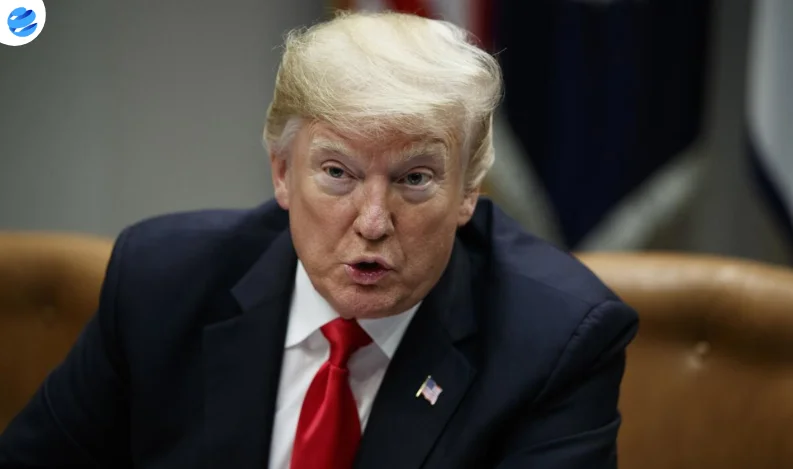U.S. President Donald Trump’s tariffs on Chinese imports are expected to remain at 30% until at least the end of 2025, according to a Bloomberg survey of economists and investors. This outlook comes despite some progress in trade talks between the two countries.
Tariff Impact Still Heavy
The current 30% tariff rate—down from a previous 145%—was introduced under a 90-day truce. However, analysts say the rate is still high enough to affect about 70% of China’s exports to the U.S. in the medium term.
Many experts believe that substantial changes in tariff policy are unlikely during Trump’s second term, with trade negotiations expected to result only in limited agreements.
Survey Results & Market Forecast
Bloomberg's midweek survey of 22 analysts showed:
-
Most expect 30% tariffs to remain until late 2025
-
Median long-term forecast: tariffs could fall to 20% if a final deal is reached
-
Some predict tariffs may even rise again
Analysts say removing these tariffs would require major political concessions, which Trump is unlikely to make, especially before the 2026 U.S. midterm elections.
Economic Effects on China
Tariffs have already had a visible impact:
-
China’s industrial output is expected to slow in April (5.9% vs. 7.7% in March)
-
Exports and factory activity weakened last month
-
Retail sales and investment may show only slight growth
Several experts warned that Trump’s trade policy continues to be a major uncertainty for global markets and investors.
Currency and Market Outlook
The Chinese yuan is expected to hover around 7.2 per U.S. dollar through year-end. Although fears of a currency devaluation have eased, policy makers are expected to carefully manage inflows and outflows to avoid market instability.
Mainland stock markets may see moderate gains, with the CSI 300 Index projected to reach around 4,000, a slight increase from current levels.
Bond markets may remain stable, with 10-year government bond yields forecast to hold near 1.7%.























